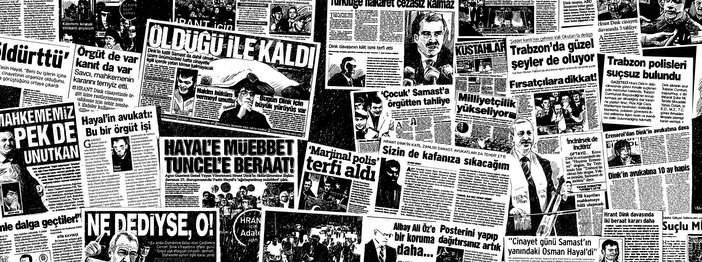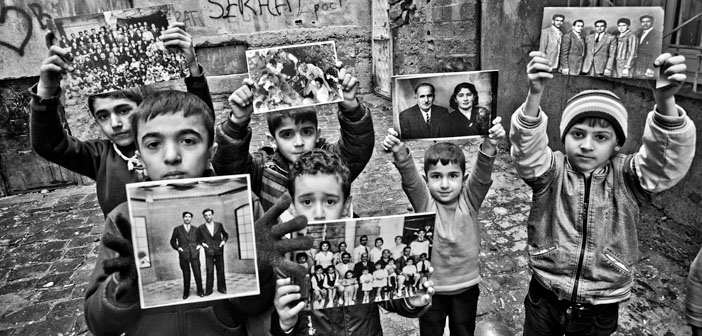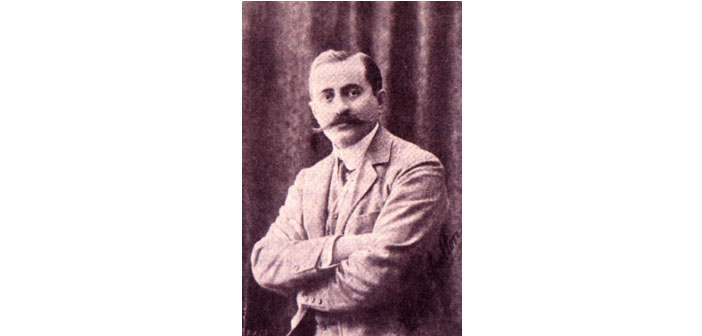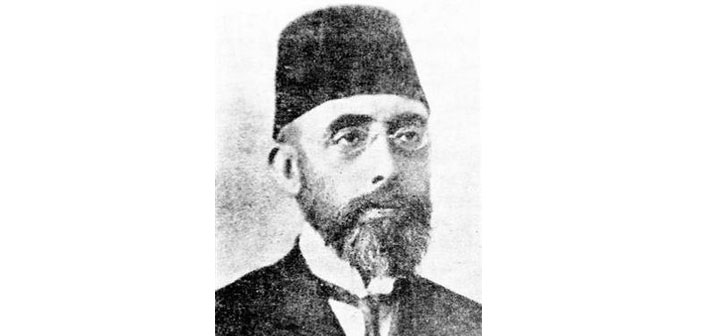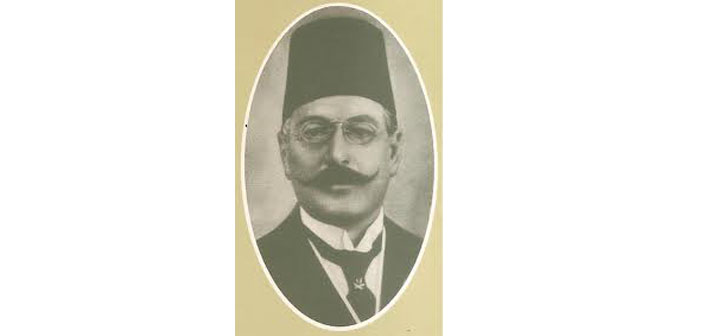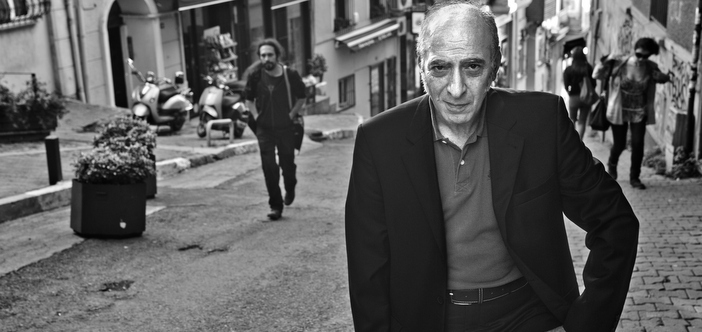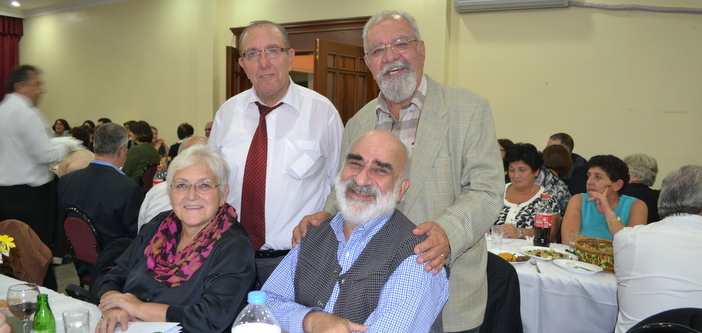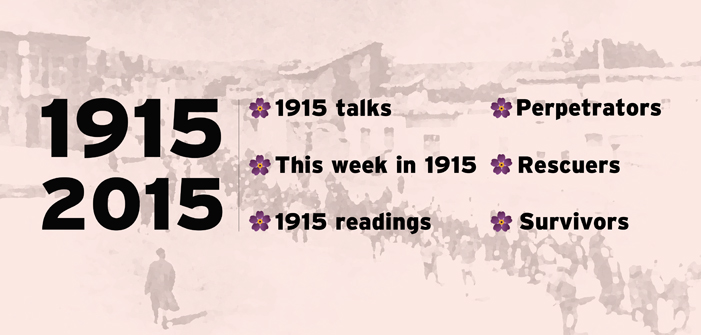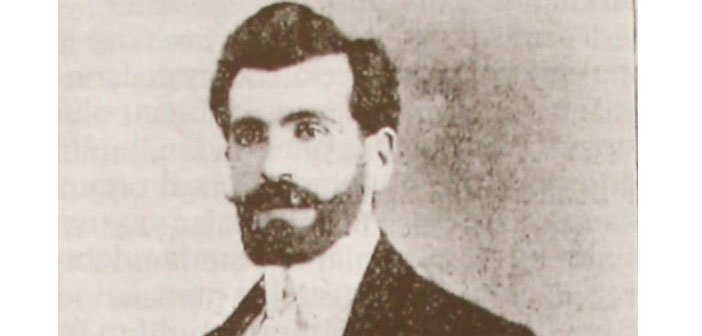SPECIAL REPORTS
Who is who in the investigation of Hrant Dink’s assassination?
Here is a list of some important public officials who are and are not included in the bill of indictment.
Story of a reversed migration from Diyarbakir to Aleppo, an endless longing
Every single day, some terrible news about the immigrants from Syria comes to the fore. So, in these days, we would like to share the visual diary of the forced migration that the father and grandparents of our photography editor Berge Arabian went through. In 1930, they hit the road from Diyarbakir to Aleppo. The exhibition that was opened in Diyarbakir on May 23 will visit Istanbul and Erivan, and the book that is based on this exhibition is being prepared now. Armenians are one of the communities that history challenged with migrations and they had always been migrating in the Middle East which is stirred by civil wars. This story, which is like a reversed migration, is rather an expression of longing. It is like a gloomy “uzun hava” to the lost home, Diyarbakir.
Vicken Cheterian: Kurds replaced the Armenians
Journalist and historian Vicken Cheterian wrote a book which assesses the effects of Armenian genocide on global politics, academic research, Kurdish question, Turkish and Armenian societies during the process that has been going on for 100 years. Focusing mainly on the post genocide period, Open Wounds: Armenians, Turks, and a Century of Genocide considers Hrant Dink’s assassination as a milestone.
The architect of the ‘internal enemy’ concept
Bahaeddin Şakir, who in March 1915 arrived from Erzurum to Istanbul, was convinced that Teşkilat-ı Mahsusa, or the infamous intelligence network Special Organization, had to now focus on the ‘internal enemy’. The report he presented to the Central Committee of the Union and Progress Party was influential in the decision for ‘deportation’.
‘If you are sending me there to deport the Armenians, I can’t do that!’
A hand reached out to the rescue of Armenians when the inhuman deportation order was sent from the Union and Progress HQ to the Konya province. That hand belonged to Governor Mehmet Celal Bey (1863-1926).
Doctor Reşid, the Diyarbekir executioner
In 1913, Mehmet Reşid was appointed governor of Karesi, a region that could almost be described as the testing ground of the Armenian Genocide. Reşid Bey played a significant role in the forced deportation of Greeks from the region, and this ‘success’ brought him the rank of the General Secretary of the General Inspectorate for the provinces of Van, Bitlis, Diyarbekir and Mamuretülaziz. He was appointed to this post because Interior Minister Talaat Pasha considered him “active, competent and patriotic”.
‘Questioning official discourse is the path to recognition’
Raymond Kévorkian’s work ‘The Armenian Genocide’, a masterpiece in its field, has been published in Turkish by the İletişim Publishing House. In addition to how the book came about, we spoke to Kévorkian about Turkey’s policies regarding the Genocide.
Now they will meet on the other side
Brother Sarkis has passed away, and it is his work and his memory that remain. For over forty years, we shared a common fate and friendship. Although we did not agree on everything, we were people of the same world. When I look back now I see that when we came together, or spoke on the telephone, we only spoke about Armenian language, literature and culture, as if it were the only topic in our lives.
“Since I won’t commit these murders, please accept my resignation!”
Kütahya Governor Faik Ali Ozansoy was one of those who displayed the courage to stand up to the Union and Progress government to protect the Armenians during the inferno of 1915. In our “Rescuer” series, Ari Şekeryan sheds light on Ozansoy’s struggle, and how Armenians thanked him.


